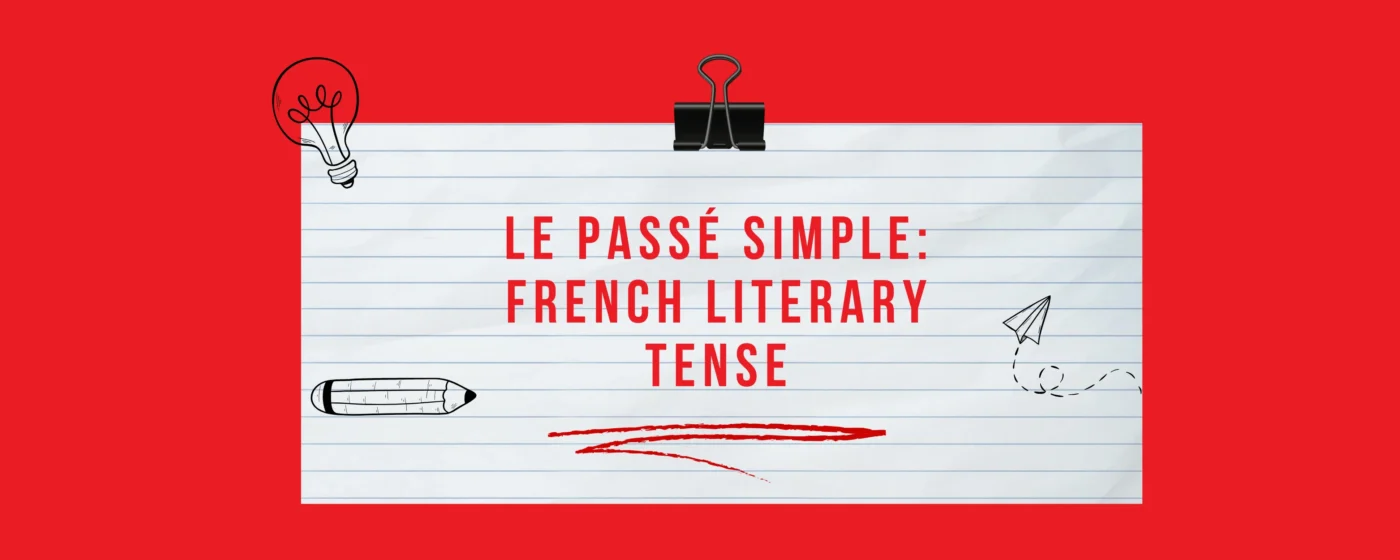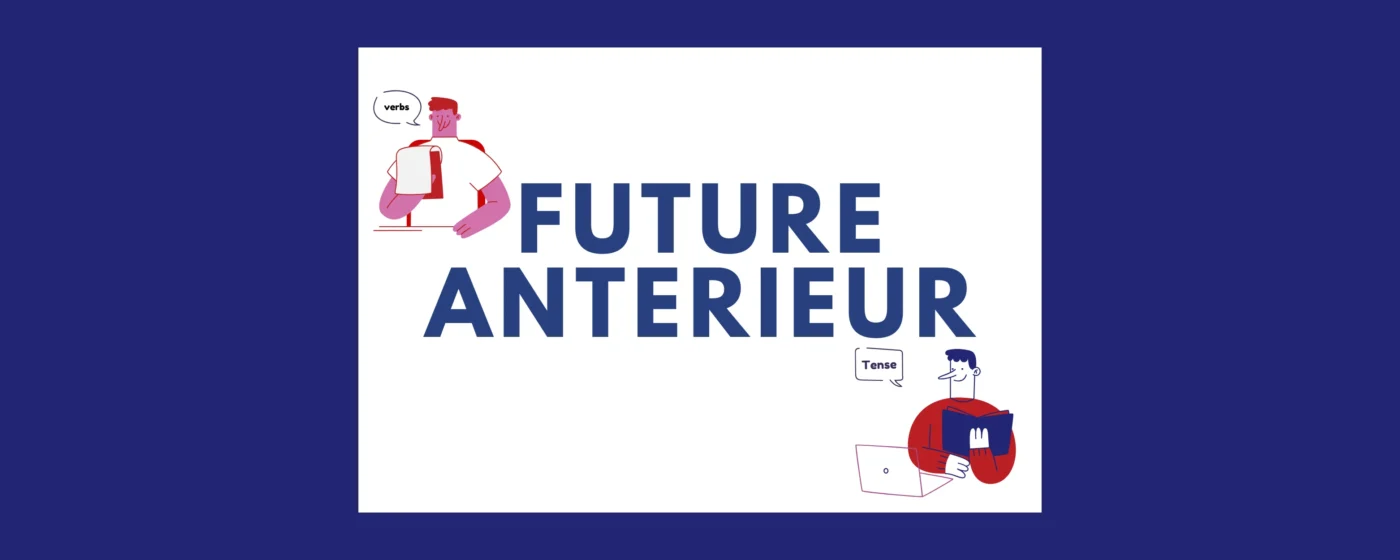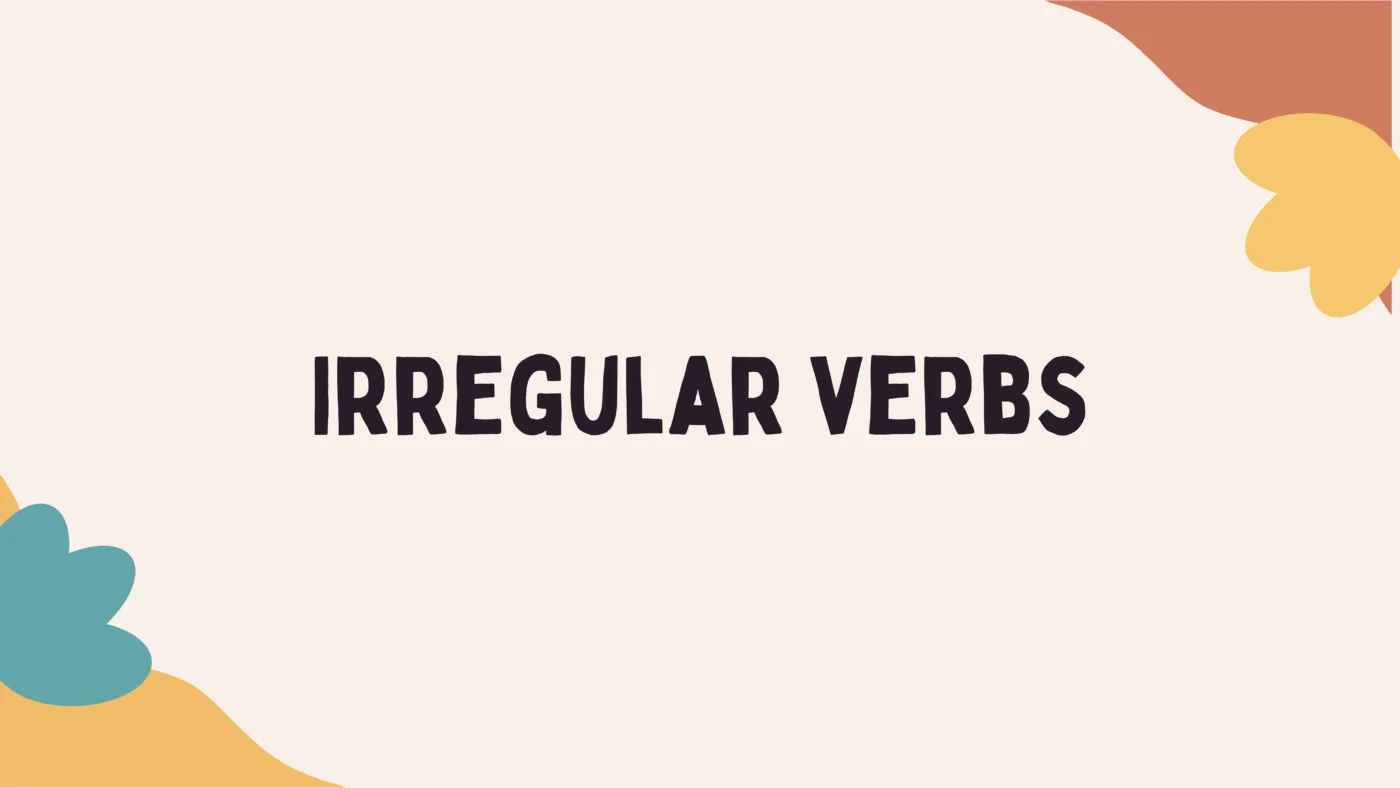The French language is renowned for its complexity and beauty, with a verb system that offers a rich tapestry of tenses and moods. Among these, the passé composé is one of the most commonly used past tenses. It is essential for anyone learning French, as it describes actions that have been completed in the past. This tense not only serves as a fundamental building block for mastering French but also provides insights into the culture and the way French speakers perceive and articulate their experiences. You’ll learn all about it in this article.
What is the Passé Composé/Passe Compose?
The passé composé is a compound tense in French that expresses completed actions in the past. It is formed by combining an auxiliary verb (“avoir” or “être”) with the past participle of the main verb. For example, “J’ai mangé” (I ate) and “Elle est sortie” (She went out) use the passé composé to describe past and completed actions. This tense is essential for storytelling, describing past events, and discussing previous experiences in French.
Examples:
Here are some examples of sentences using the passé composé in French:
J’ai mangé une pomme. (I ate an apple.)
Ils sont allés au cinéma hier soir. (They went to the cinema last night.)
These sentences illustrate the use of the passé composé to describe completed past actions.
When is the Right Use of the French Passé Composé
The passé composé is used in French to express actions that have been completed in the past. It’s typically used for specific events or actions that happened at a definite point in time or within a specified time frame. Here are some common scenarios where the passé composé is used:
Single Completed Actions: Expressing actions that occurred once and are now finished.
Example: “J’ai mangé une pomme.” (I ate an apple.)
Actions with Specific Time References: Describing actions that happened at a precise moment in the past.
Example: “Il est arrivé hier soir.” (He arrived last night.)
Series of Completed Actions: Narrating a series of actions that have been completed.
Example: “Elle a préparé le dîner, puis elle a nettoyé la cuisine.” (She prepared dinner, then she cleaned the kitchen.)
Actions with Indirect Speech: When reporting someone’s words or thoughts in the past.
Example: “Il a dit qu’il avait fini son travail.” (He said that he had finished his work.)
Past Habits or States: Describing past habits or states that are no longer true.
Example: “Quand j’étais enfant, j’ai souvent visité mes grands-parents.” (When I was a child, I often visited my grandparents.)
In summary, the passé composé is used to express completed actions in the past, especially those with a specific time frame or moment, as well as in narratives and reporting indirect speech.
Here’s the series of “Dr & Mrs Vandertramp” verbs in French along with their translations in English:
- Devenir (to become)
- Revenir (to come back)
- Monter (to go up)
- Rester (to stay)
- Sortir (to go out)
- Venir (to come)
- Aller (to go)
- Naître (to be born)
- Descendre (to go down)
- Entrer (to enter)
- Retourner (to return)
- Tomber (to fall)
- Rentrer (to return home)
- Arriver (to arrive)
- Mourir (to die)
- Partir (to leave)
These verbs are called “Dr & Mrs Vandertramp” because the first letter of each verb corresponds to a letter in the mnemonic “Dr & Mrs Vandertramp.” This mnemonic helps French learners remember which verbs use “être” as the auxiliary verb in the passé composé tense, instead of “avoir” like most verbs.
Grammar Woes? We Can Help!
Get support from La Forêt’s experts—no more guesswork or frustration!
How to Conjugate the Passé Composé
To conjugate the passé composé in French, you typically need two components: an auxiliary verb (either “avoir” or “être”) conjugated in the present tense, and the past participle of the main verb. Here’s how to conjugate regular verbs in the passé composé with the auxiliary verb “avoir”:
Conjugate the auxiliary verb “avoir” in present:
J’ai (I have)
Tu as (You have)
Il/Elle/On a (He/She/One has)
Nous avons (We have)
Vous avez (You have)
Ils/Elles ont (They have)
Add the past participle of the main verb.
For regular verbs, the past participle is formed as follows:
For regular verbs ending in -er, remove the -er ending and add -é.
For regular verbs ending in -ir, remove the -ir ending and add -i.
For regular verbs ending in -re, remove the -re ending and add -u.
For irregular verbs, the past participle may have irregular forms and must be memorized.
Examples:
Manger (to eat):
- J’ai mangé (I ate)
- Tu as mangé (You ate)
- Il/Elle a mangé (He/She ate)
- Nous avons mangé (We ate)
- Vous avez mangé (You ate)
- Ils/Elles ont mangé (They ate)
Finir (to finish):
- J’ai fini (I finished)
- Tu as fini (You finished)
- Il/Elle a fini (He/She finished)
- Nous avons fini (We finished)
- Vous avez fini (You finished)
- Ils/Elles ont fini (They finished)
Attendre (to wait):
- J’ai attendu (I waited)
- Tu as attendu (You waited)
- Il/Elle a attendu (He/She waited)
- Nous avons attendu (We waited)
- Vous avez attendu (You waited)
- Ils/Elles ont attendu (They waited)
Remember that some verbs use the auxiliary verb “être” instead of “avoir,” and their past participles agree in gender and number with the subject when the verb is intransitive (verbs of motion, change, or state).
Conjugation of “Être” (to be) in the Present Tense:
- Je suis
- Tu es
- Il/Elle/On est
- Nous sommes
- Vous êtes
- Ils/Elles sont
Example with the verb “Aller” (to go):
- Je suis allé(e) (I went)
- Tu es allé(e) (You went)
- Il/Elle/On est allé(e) (He/She went)
- Nous sommes allé(e)s (We went)
- Vous êtes allé(e)(s) (You went)
- Ils/Elles sont allé(e)s (They went)
Passé composé of irregular verbs
Here is a list of Passé Composé of some commonly used irregular verbs-
| Verb | Translation | Past Participle | Passé Composé | Translation |
| Aller | to go | Allé(e) | Je suis allé(e) | I went |
| Avoir | to have | Eu | J’ai eu | I had |
| Être | to be | Été | Il/Elle a été | He/She was |
| Faire | to do/make | Fait | Nous avons fait | We did/made |
| Prendre | to take | Pris | Tu as pris | You took |
| Venir | to come | Venu(e) | Ils/Elles sont venus(es) | They came |
| Pouvoir | to be able to | Pu | J’ai pu | I was able to |
| Vouloir | to want | Voulu | Elle a voulu | She wanted |
| Savoir | to know | Su | Nous avons su | We knew |
| Devoir | to have to/must | Dû | Vous avez dû | You had to/must |
In French, both “être” (to be) and “avoir” (to have) are used as auxiliary verbs in compound tenses, including the passé composé. Here’s a breakdown of their usage:
When to use “Avoir” and “Être” verb.
- “Avoir” (to have)
- Used with Most Transitive Verbs: “Avoir” is the default auxiliary verb used with most transitive verbs, which take a direct object.
Example: J’ai mangé (I ate), Tu as bu (You drank)
- Used with Certain Intransitive Verbs: Some intransitive verbs also use “avoir” as the auxiliary verb.
Example: J’ai couru (I ran), Tu as dormi (You slept)
- Used with Verbs that Express States or Possession: Verbs that express states or possession typically use “avoir.”
Example: J’ai eu froid (I was cold), Tu as eu peur (You were afraid)
- With Some Idiomatic Expressions: Certain idiomatic expressions and impersonal phrases use “avoir” as the auxiliary verb.
Example: J’ai besoin de (I need to), Tu as envie de (You feel like), Il a peur de (He is afraid of).
- “Être” (to be)
- Used with Intransitive Verbs: “Être” is used as the auxiliary verb with intransitive verbs, which are verbs that do not take a direct object. These often involve motion, change, or state of being.
Example: Je suis parti(e) (I have left), Elle est arrivée (She has arrived)
- Reflexive Verbs: “Être” is used as the auxiliary verb with reflexive verbs, where the subject and the object are the same.
Example: Je me suis réveillé(e) (I woke up), Elle s’est lavée (She washed herself)
- With Certain Motion Verbs and States of Being: “Être” is used with certain verbs indicating motion or a change in state.
Example: Je suis monté(e) (I went up), Elle est restée (She stayed)
- With Dr. & Mrs. Vandertramp Verbs: A mnemonic to remember a group of verbs that use “être” as the auxiliary verb. These include most motion verbs.
Example: Je suis sorti(e) (I went out), Elle est rentrée (She came back)
- With Some Idiomatic Expressions: Certain idiomatic expressions and impersonal phrases use “être” as the auxiliary verb.
Example: Je suis d’accord (I agree), Elle est en train de (She is in the process of)
The Agreement of the Past Participle
1. Agreement with auxiliary verb être
When the auxiliary verb “être” is used in the passé composé tense, the past participle agrees in gender and number with the subject of the sentence. Here’s how the agreement works:
Gender Agreement: The past participle agrees in gender with the subject.
Masculine subject: “Il est arrivé” (He arrived)
Feminine subject: “Elle est arrivée” (She arrived)
Number Agreement: The past participle agrees in number with the subject.
Singular subject: “Il est parti” (He left)
Plural subject: “Ils sont partis” (They left)
Compound Subjects: When the subject is compound (composed of multiple nouns or pronouns), the past participle agrees in gender and number with the closest noun or pronoun.
Example: “Marie et Jean sont arrivés” (Marie and Jean arrived) – The past participle “arrivés” agrees with the masculine plural “Jean.”
Reflexive Verbs: With reflexive verbs, the past participle agrees with the subject.
Example: “Elle s’est lavée” (She washed herself) – The past participle “lavée” agrees with the feminine singular subject “Elle.”
2. Agreement with auxiliary verb avoir
When the auxiliary verb “avoir” is used in the passé composé tense, the past participle generally does not agree with the subject. However, there are certain cases where the past participle does agree with the subject. Let’s break it down:
General Rule: In most cases with “avoir” as the auxiliary verb, the past participle remains invariable, meaning it does not change to match the gender or number of the subject.
Examples: “J’ai mangé” (I ate), “Tu as vu” (You saw), “Il a parlé” (He spoke). In all these cases, “mangé,” “vu,” and “parlé” do not change regardless of the gender or number of the subject.
Agreement with Direct Object: However, when the direct object is placed before the verb and is a person or an object that is being referred to with a direct object pronoun (le, la, les), the past participle agrees with the direct object in gender and number.
Examples: “Les pommes que j’ai mangées” (The apples that I ate), “Les livres qu’il a lus” (The books that he read). In these cases, “mangées” agrees with the feminine plural “pommes,” and “lus” agrees with the masculine plural “livres.”
In summary, with the auxiliary verb “avoir” in the passé composé tense, the past participle typically does not agree with the subject but can agree with the direct object in certain cases.
Check out our blog page to learn about more grammar topics.





